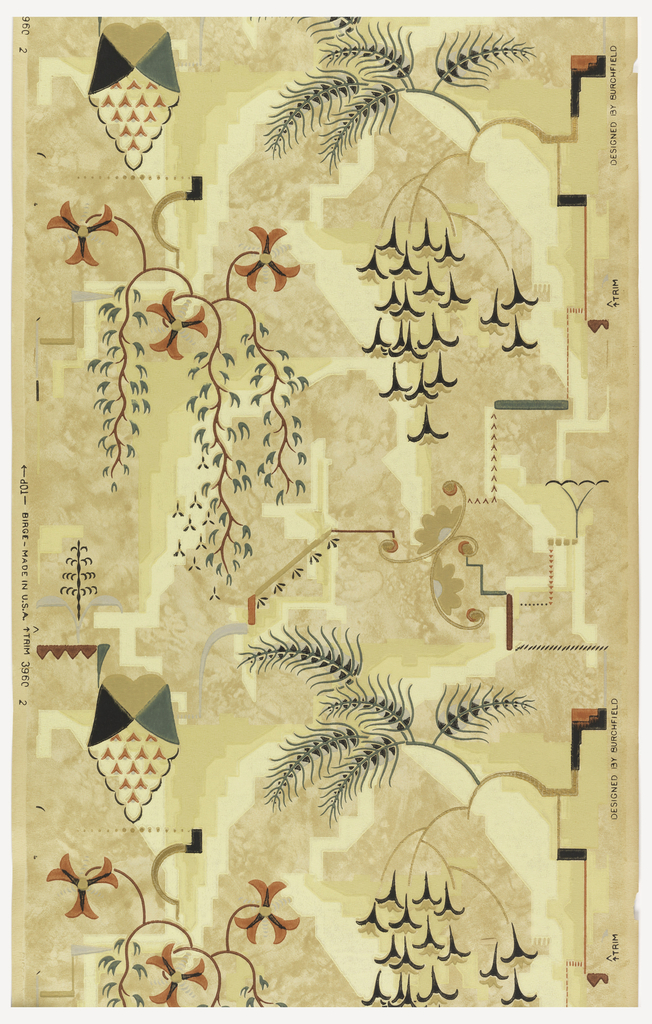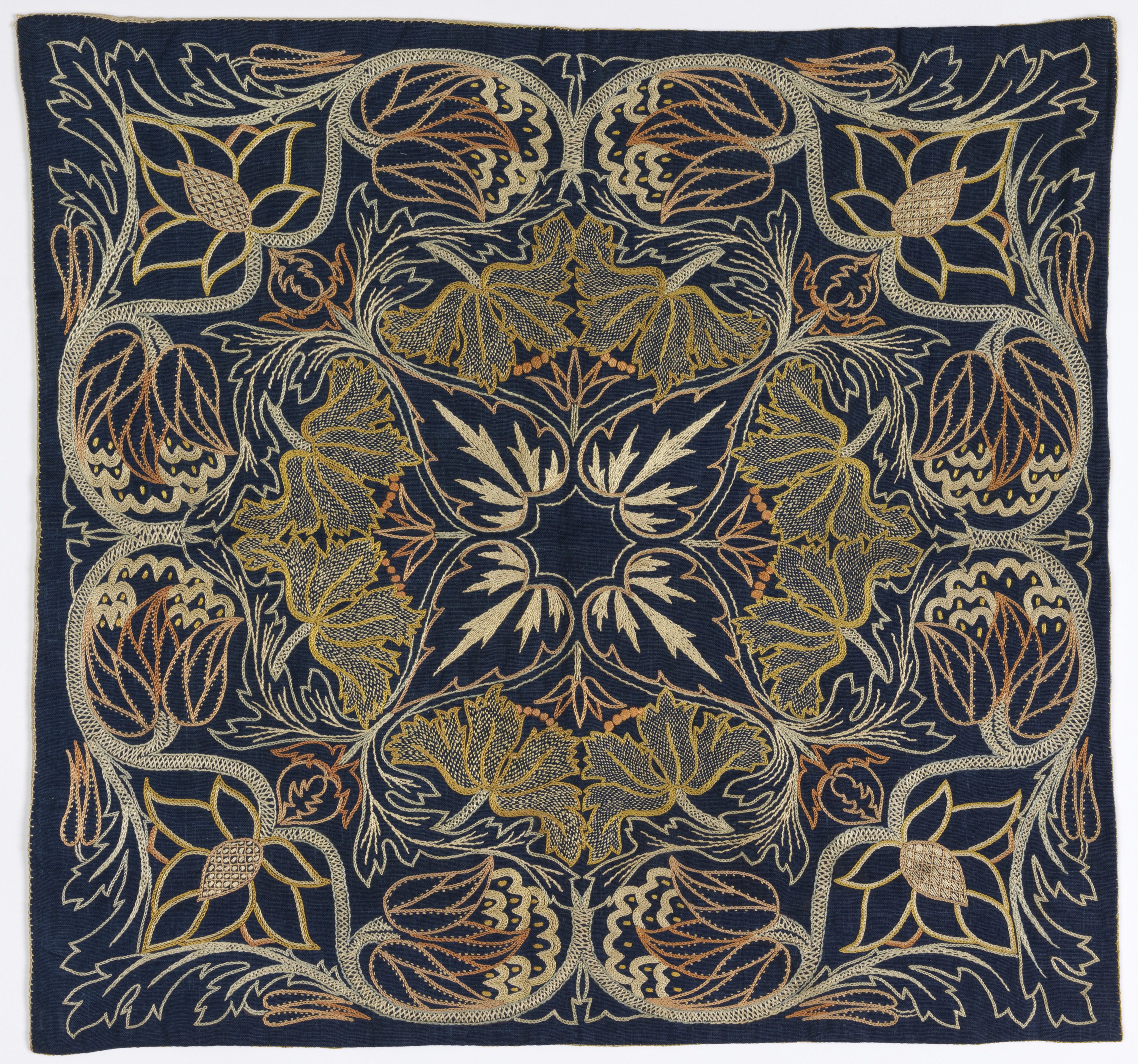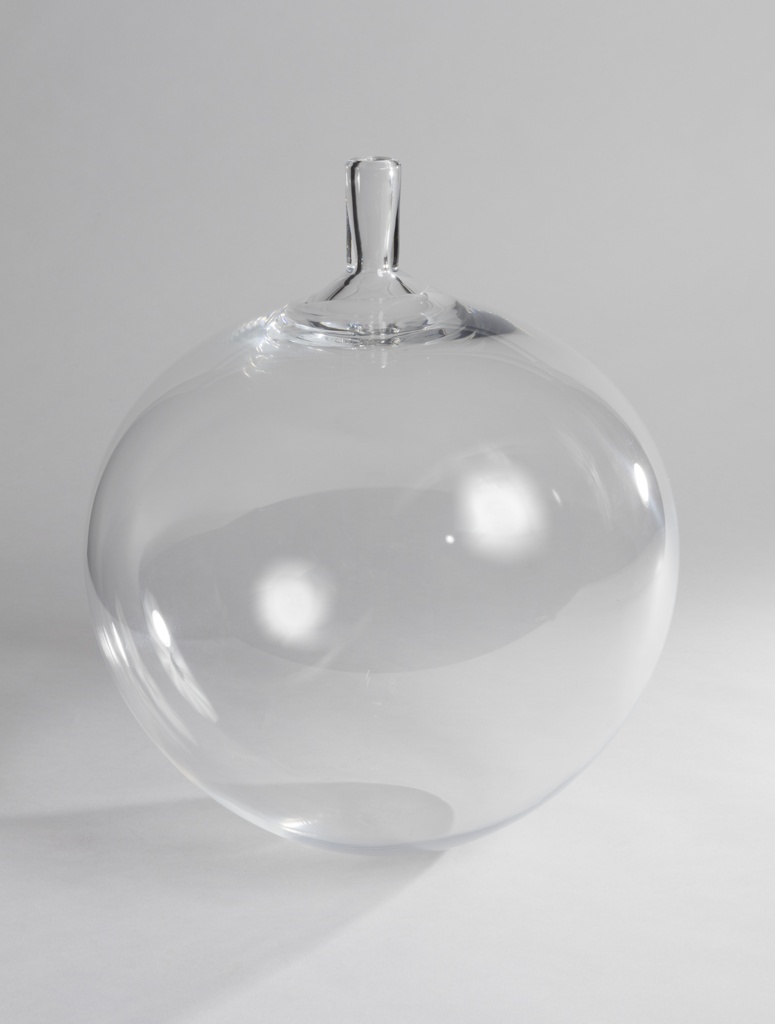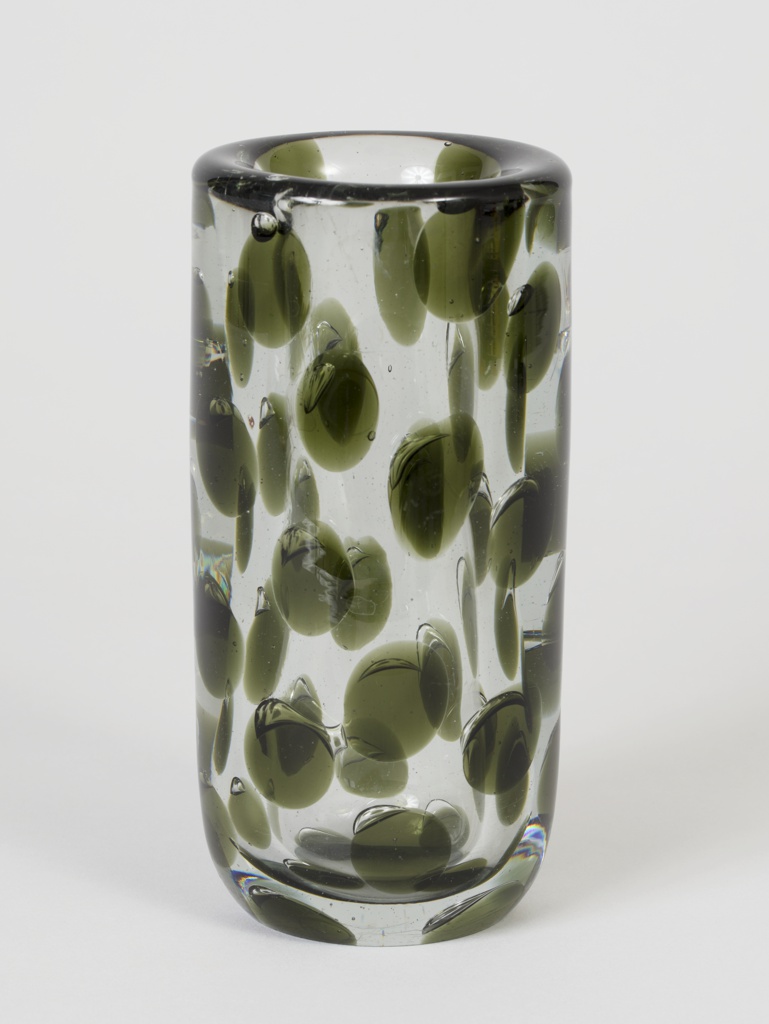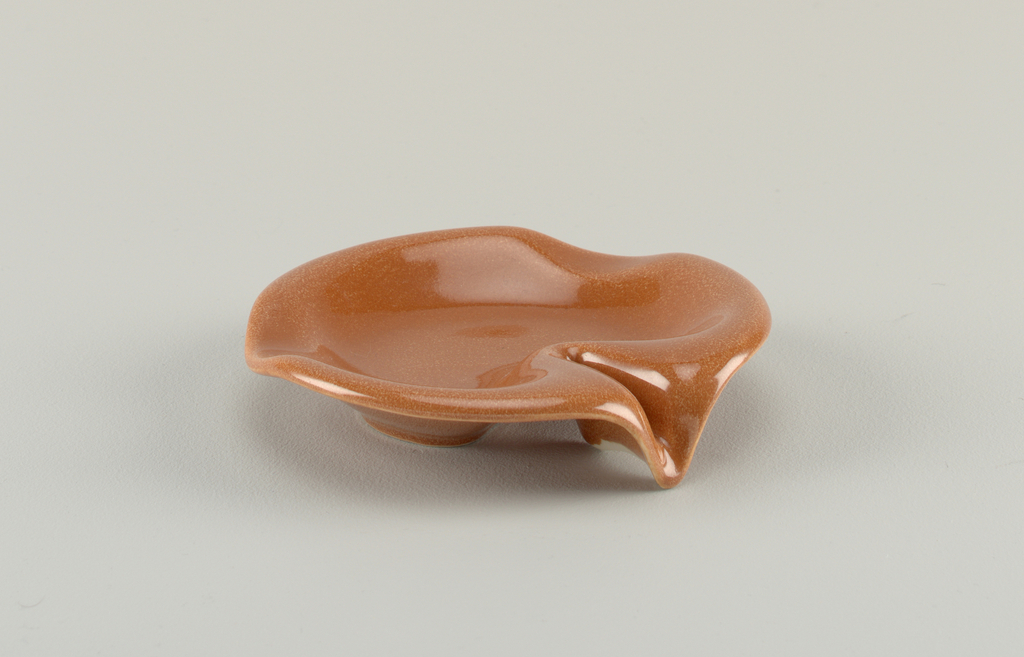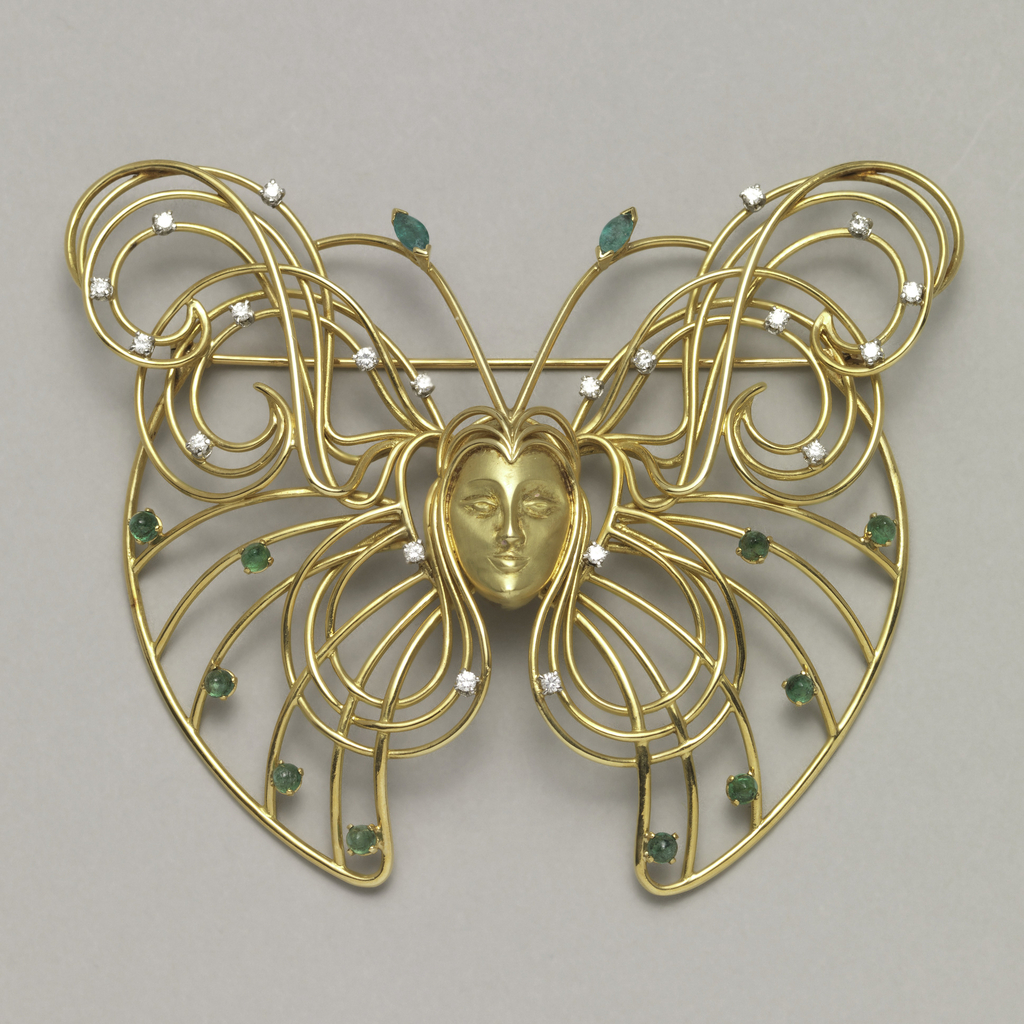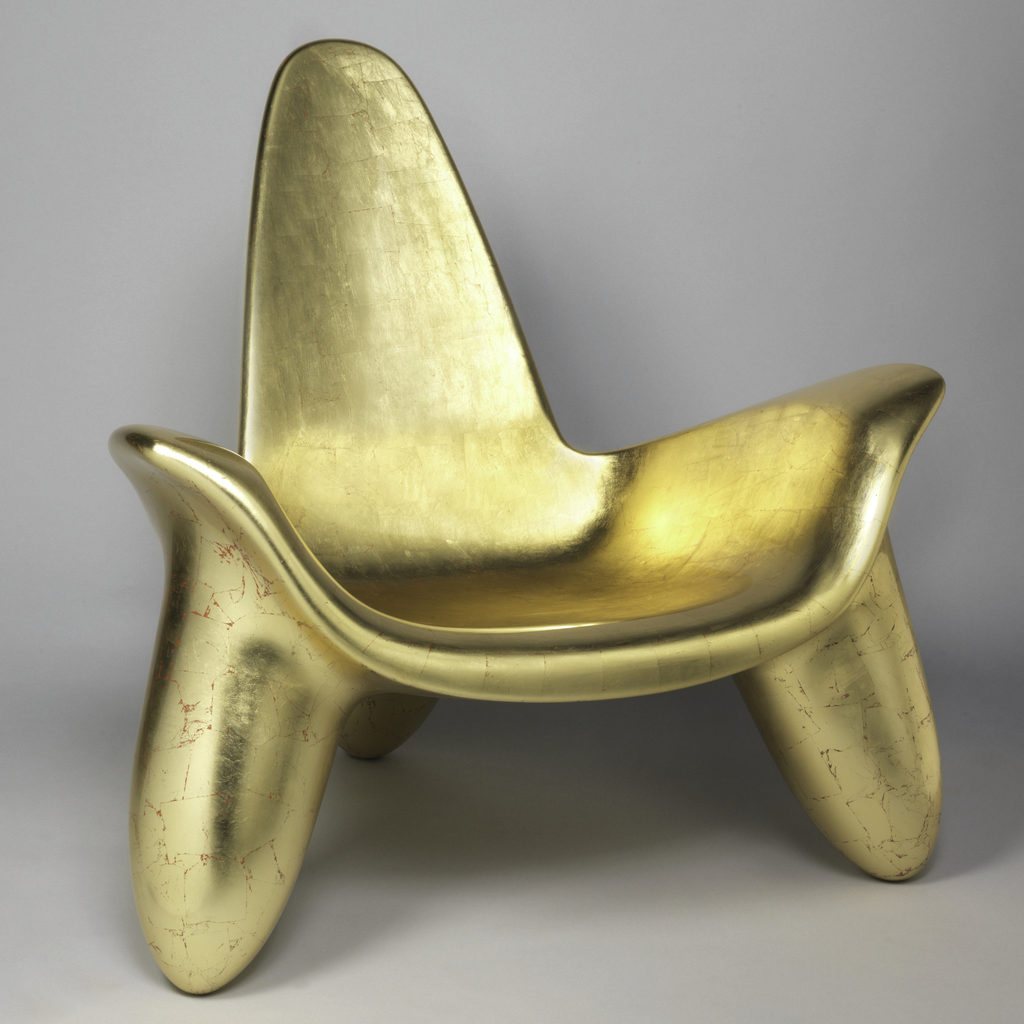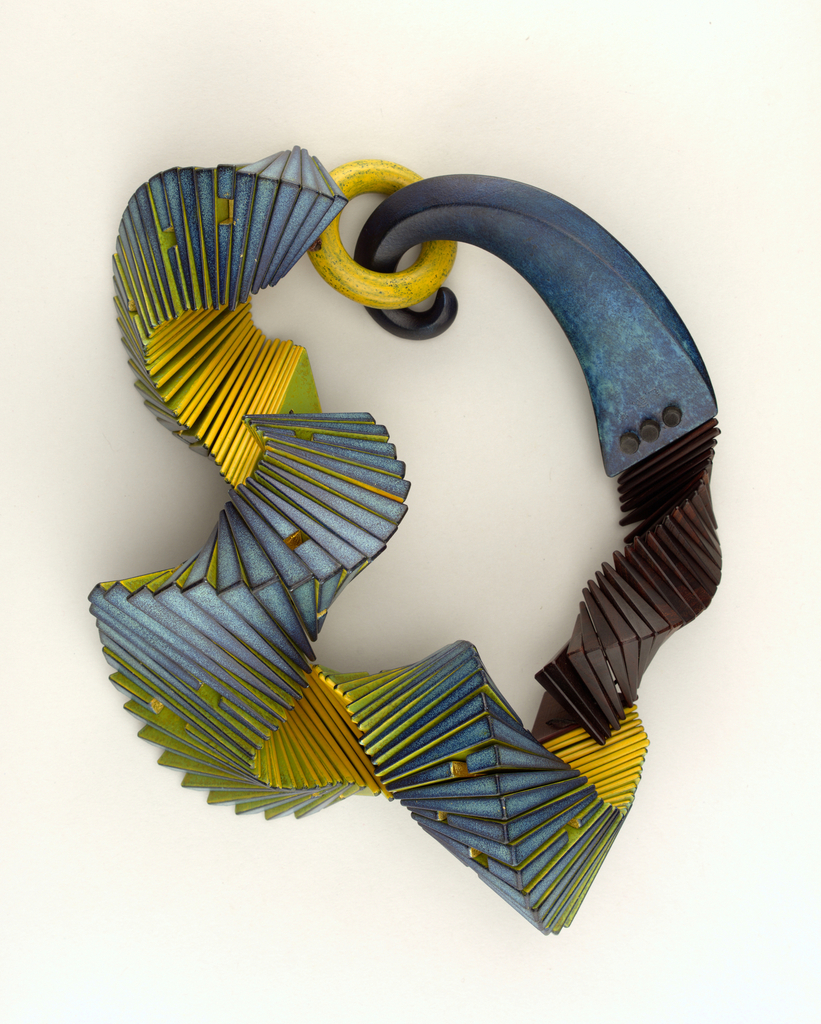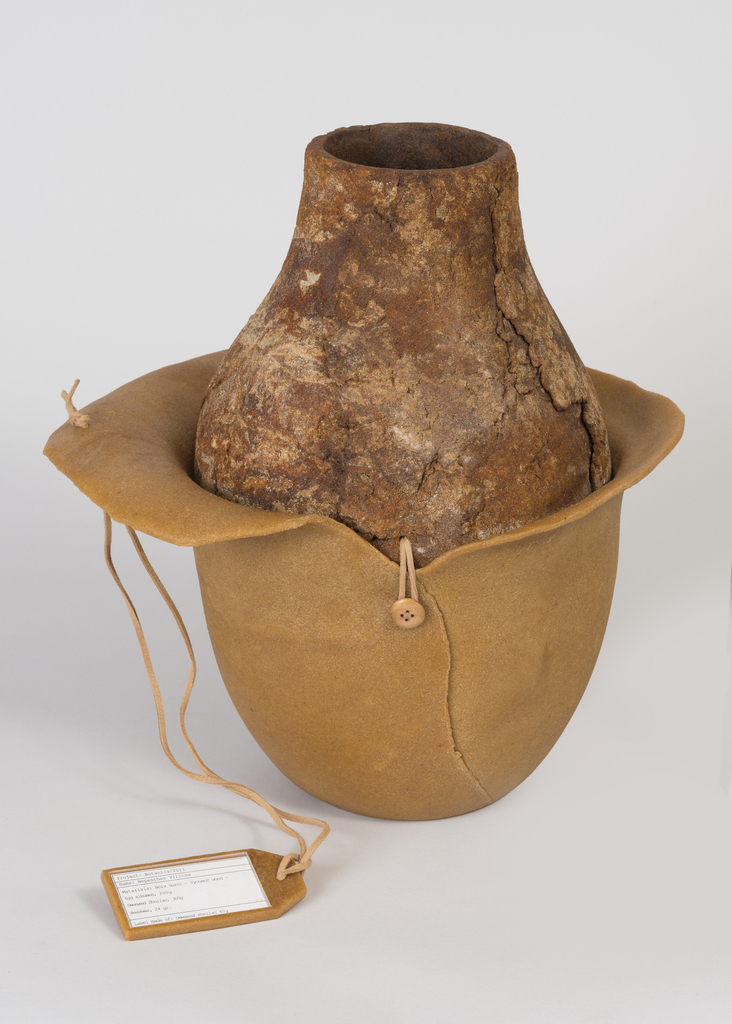This post was originally published on June 1, 2016. Charles Burchfield is one of the best known American watercolorists of the twentieth century, painting urban street scenes as well as more rural landscapes in a rather sullen fashion. It is less well known that he designed wallpaper, working for the M. H. Birge and Sons...
In celebration of LGBTQ+ Pride Month, June Object of the Week posts highlight LGBTQ+ designers and design in the collection. A version of this post was originally published on June 20, 2016. May Morris will forever be in the shadow of her famous father William Morris, the chief protagonist of the English Arts and Crafts movement,...
For the nearly thirty years between 1947 and 1971, that Ingeborg Lundin designed glassware for Sweden’s Orrefors glassworks, her designs were prized for their originality, simplicity and grace. Founded in 1898, Orrefors originally manufactured bottles, window glass, and tableware. In 1914, the firm started to produce cut crystal, and by 1925 had become internationally renowned...
Saara Hopea (later Saara Hopea-Untracht) began her career as a furniture and lamp designer, but started designing glassware in about 1952, at a time when Finnish design was gaining prominence on the world stage for its strong attention to materials and sense of organic form in a modern idiom. Kaj Frank, Hopea’s former teacher at...
In celebration of our new exhibition, The Senses: Design Beyond Vision, this Object of the Day post explores the multisensory experience of an object in Cooper Hewitt’s permanent collection. Traditionally formed by hand, ceramic vessels possess inherent organic characteristics. Their forms have often been influenced by or imitated the shapes of human bodies since the...
This brooch, entitled Melusine, was designed by Marie-Claude Lalique and dates to about 1965. Made of thin gold wire, the brooch features the face of a woman whose hair swirls and coils into the wings of a butterfly. The piece is enhanced with a scattering of diamonds and emeralds. The date of 1965 may be...
The celebrated American designer Wendell Castle was known as the "father of the art furniture movement."
When a piece of jewelry is made of natural materials such as this neckpiece designed by Liv Blåvarp, it forges a special connection with the wearer. There is something about natural substances that bring out feelings of sensuality and an intimate connection on a deeply primal level. When Blåvarp began making jewelry in 1984, she sought to make...
The honey-colored Botanica VI vase (Nepenthes Villosa) is composed of bois durci (sycamore wood and egg albumen), dewaxed shellac (a resin extracted from insect secretion), and beeswax. Part of the Botanica series, it represents a collection of vessels made from pre-industrial plastic that were created by Studio Formafantasma, a conceptual design practice known for its...
